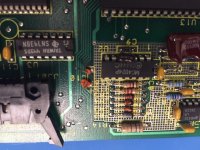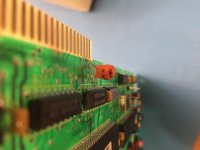Stone
10k Member
The process it outlines is simple and straightforward. It is quite easy to carry out and has led me to the offending component every time I have used it. Kudos to modem7.I'm not sure how that leads one to the faulty capacitor?
Dwight


